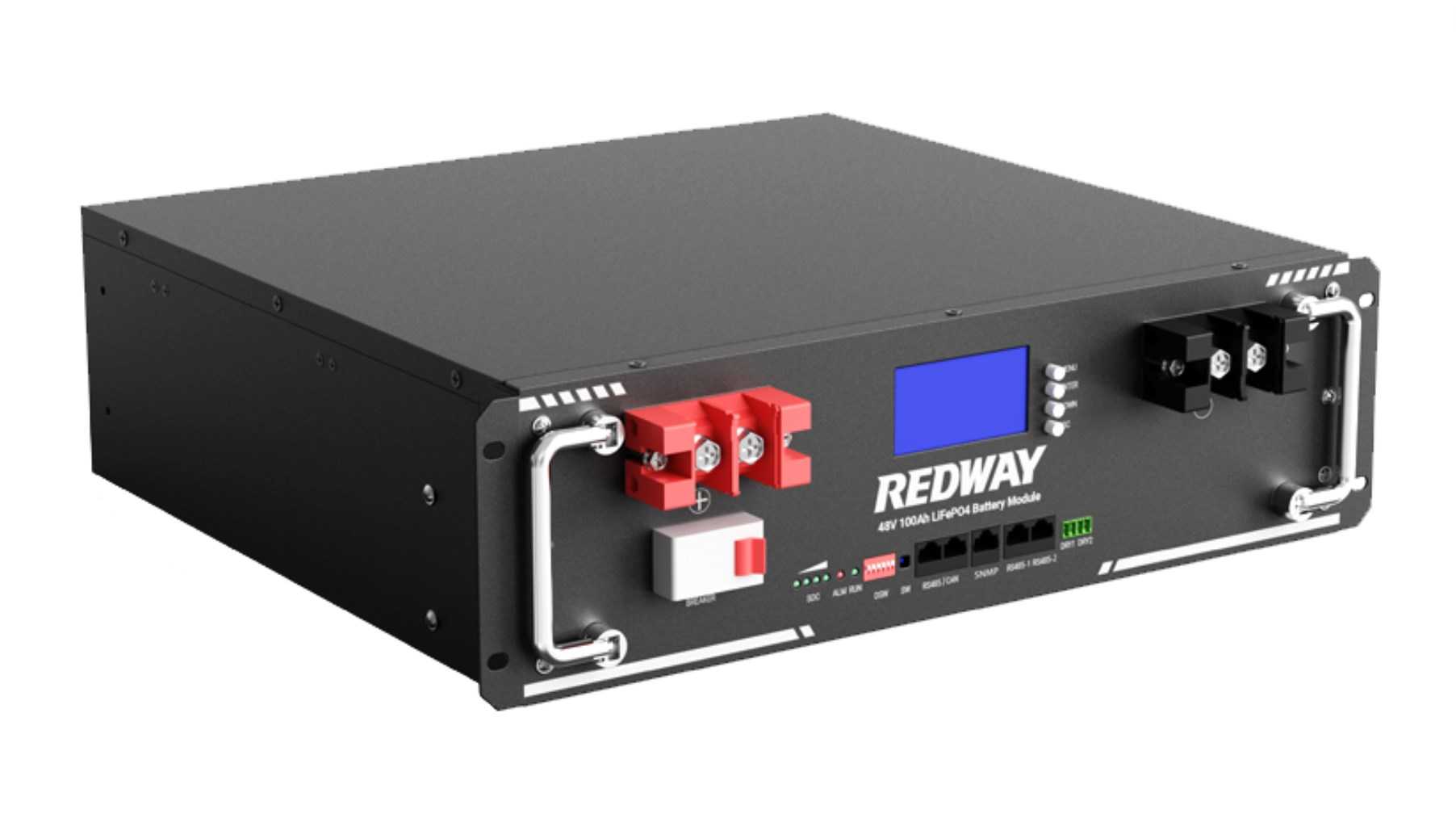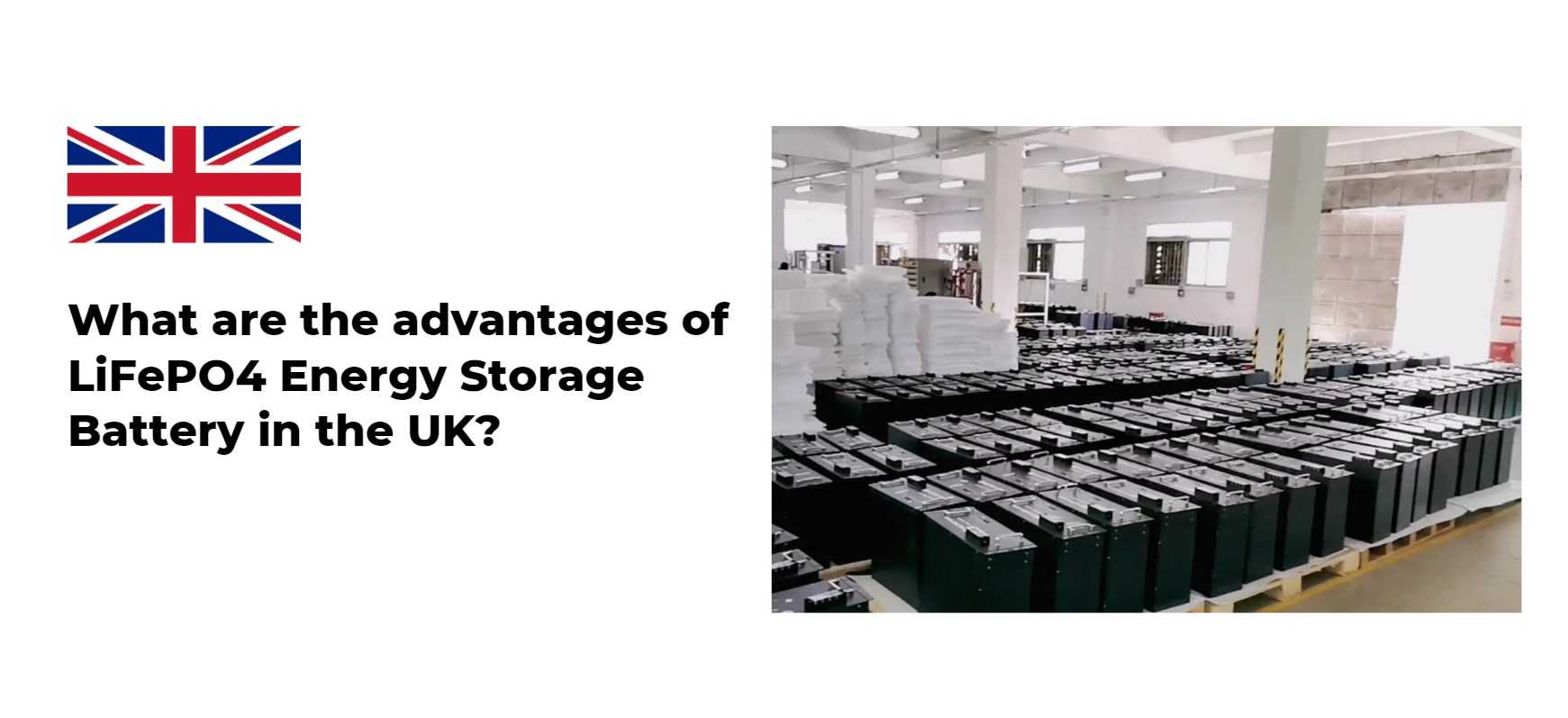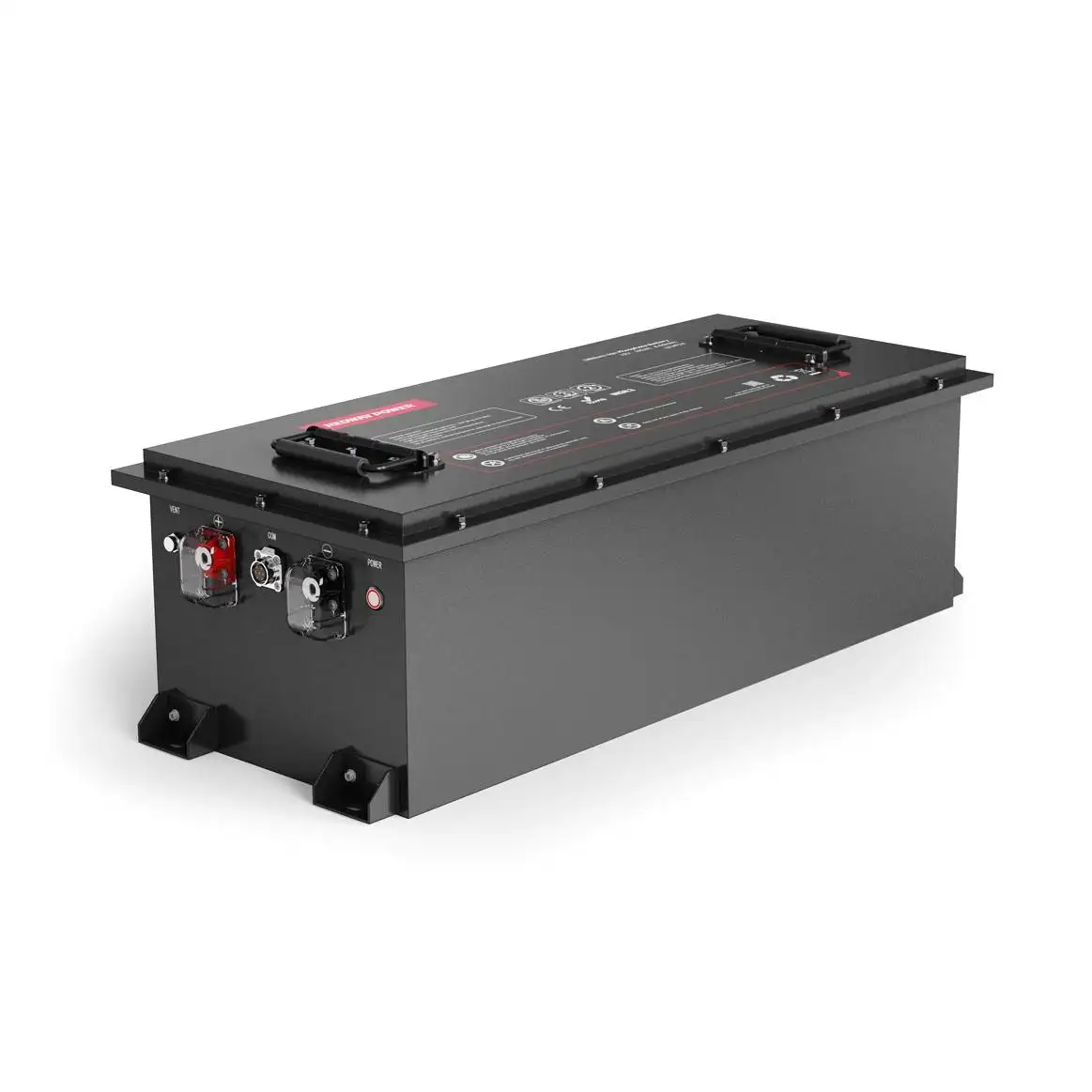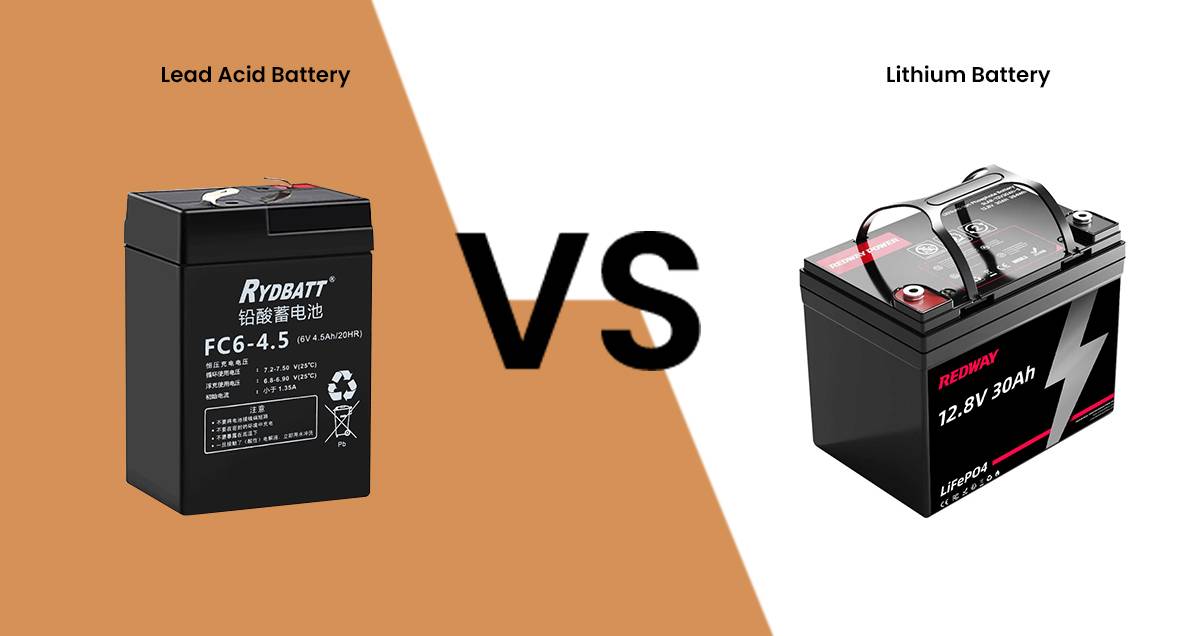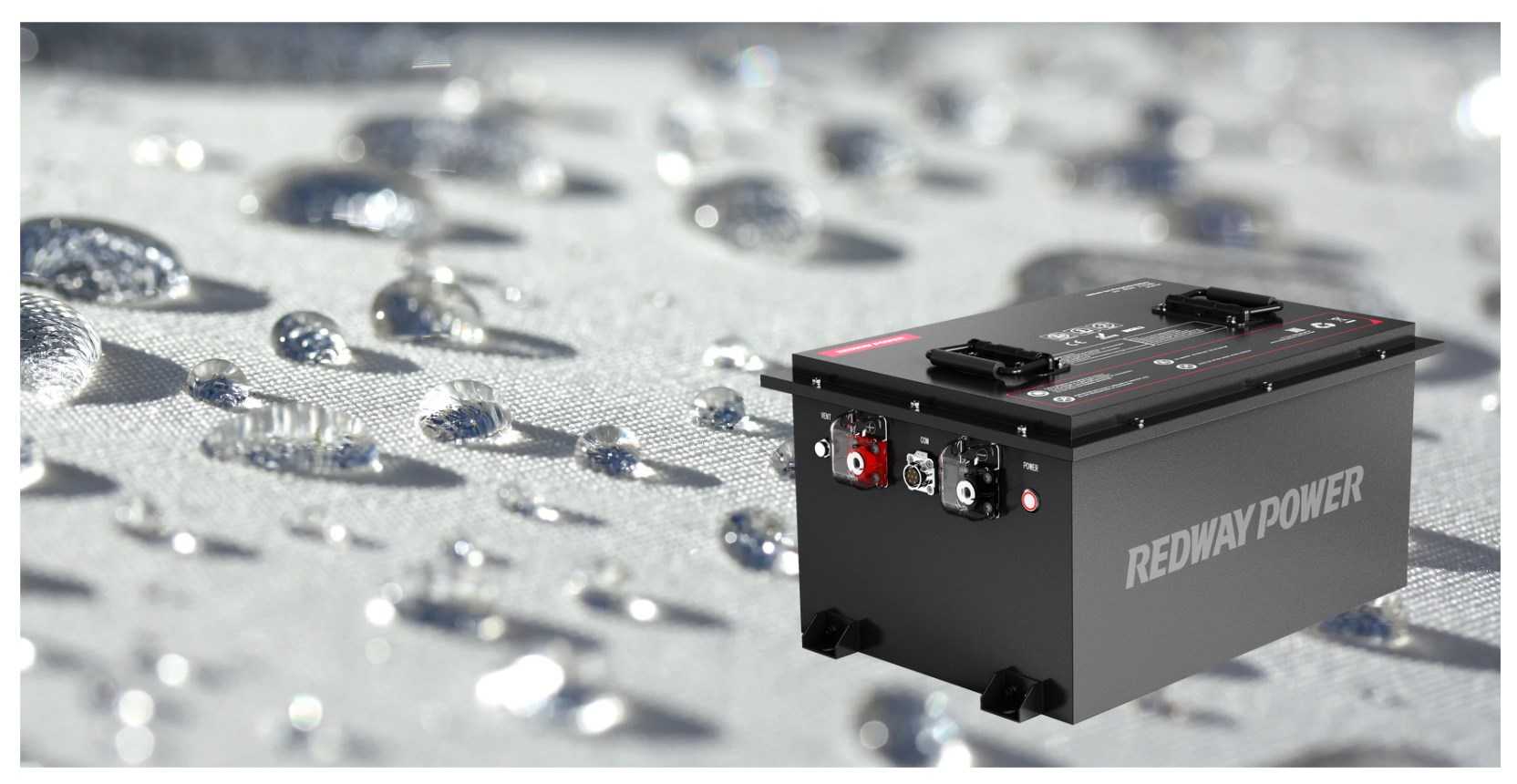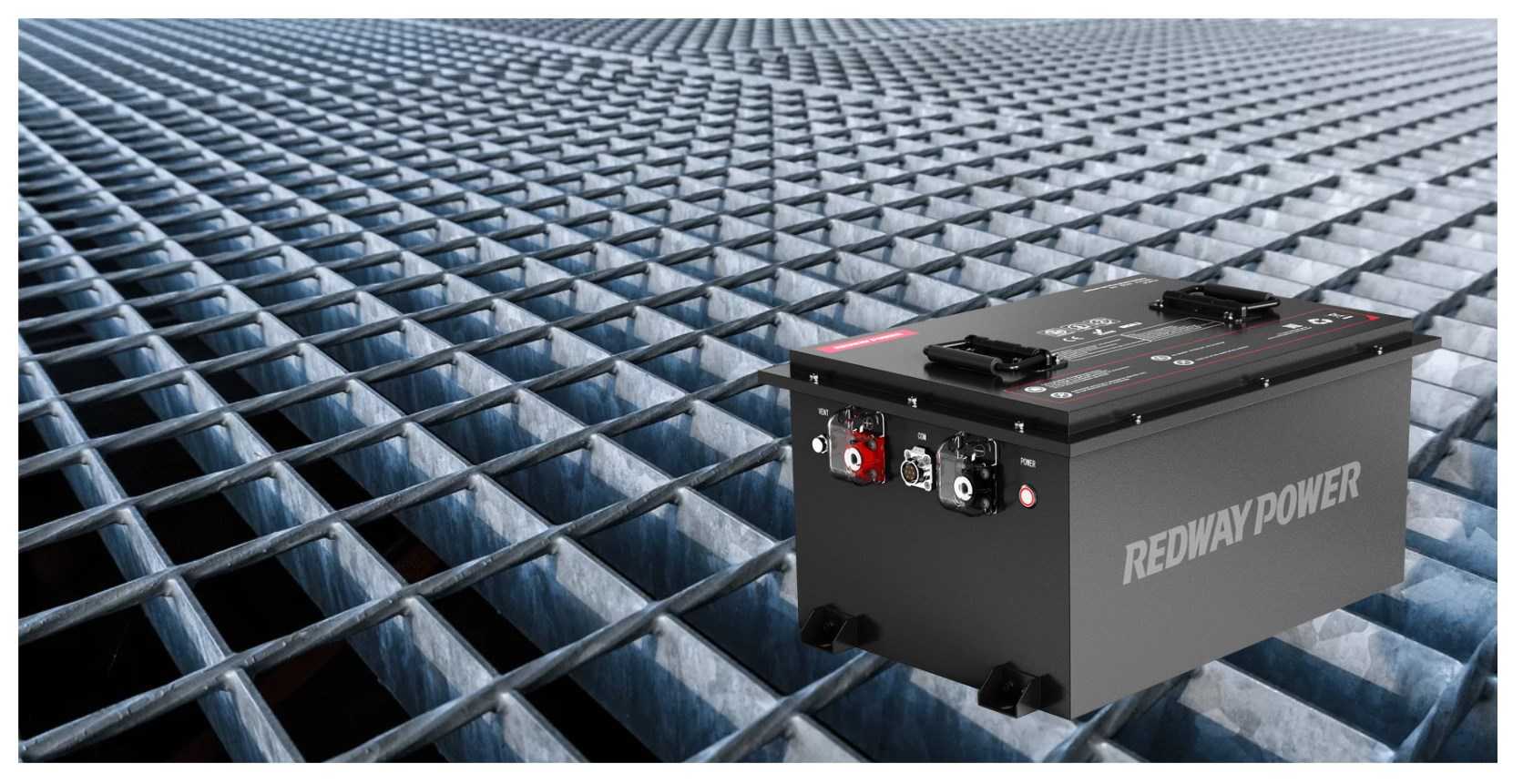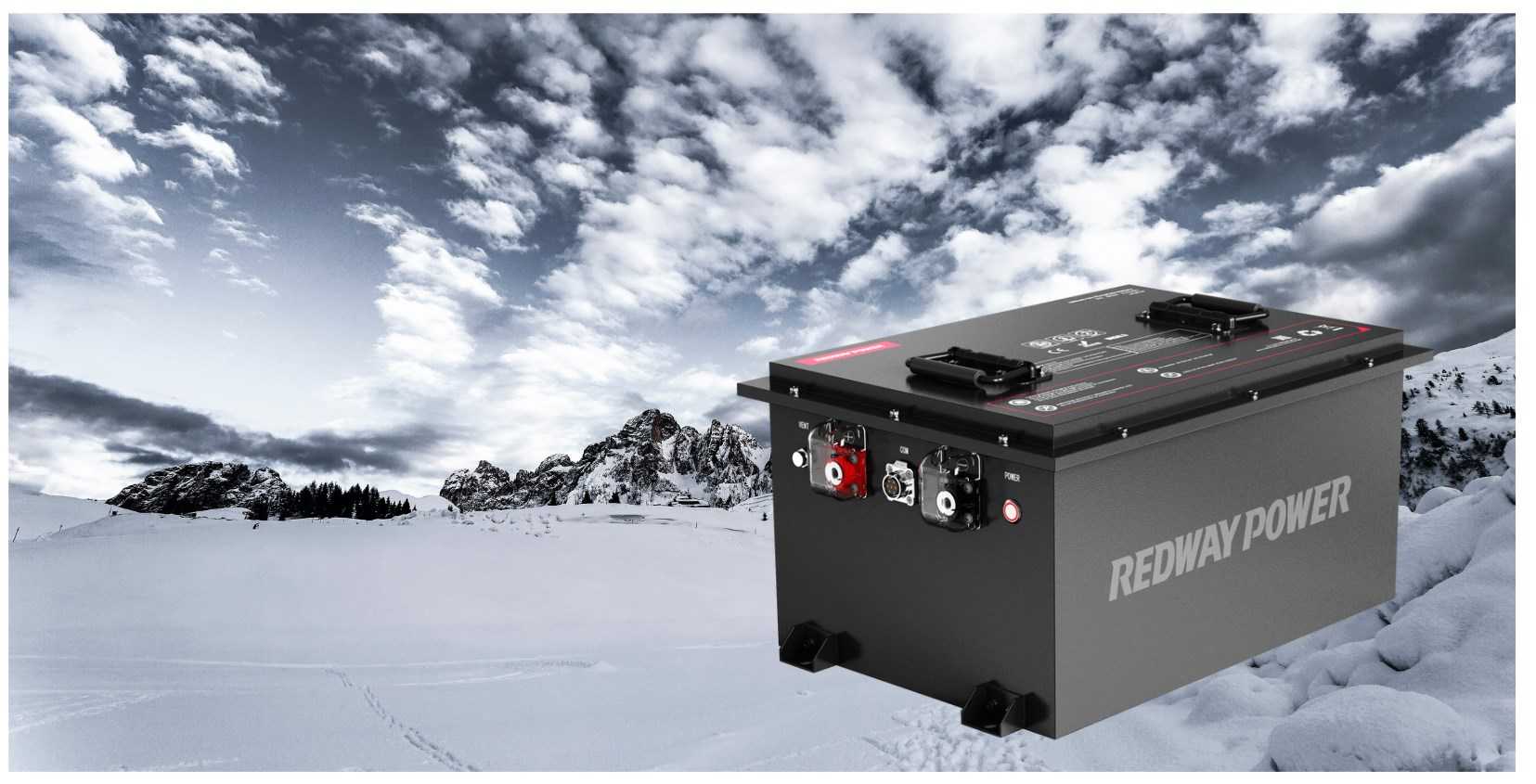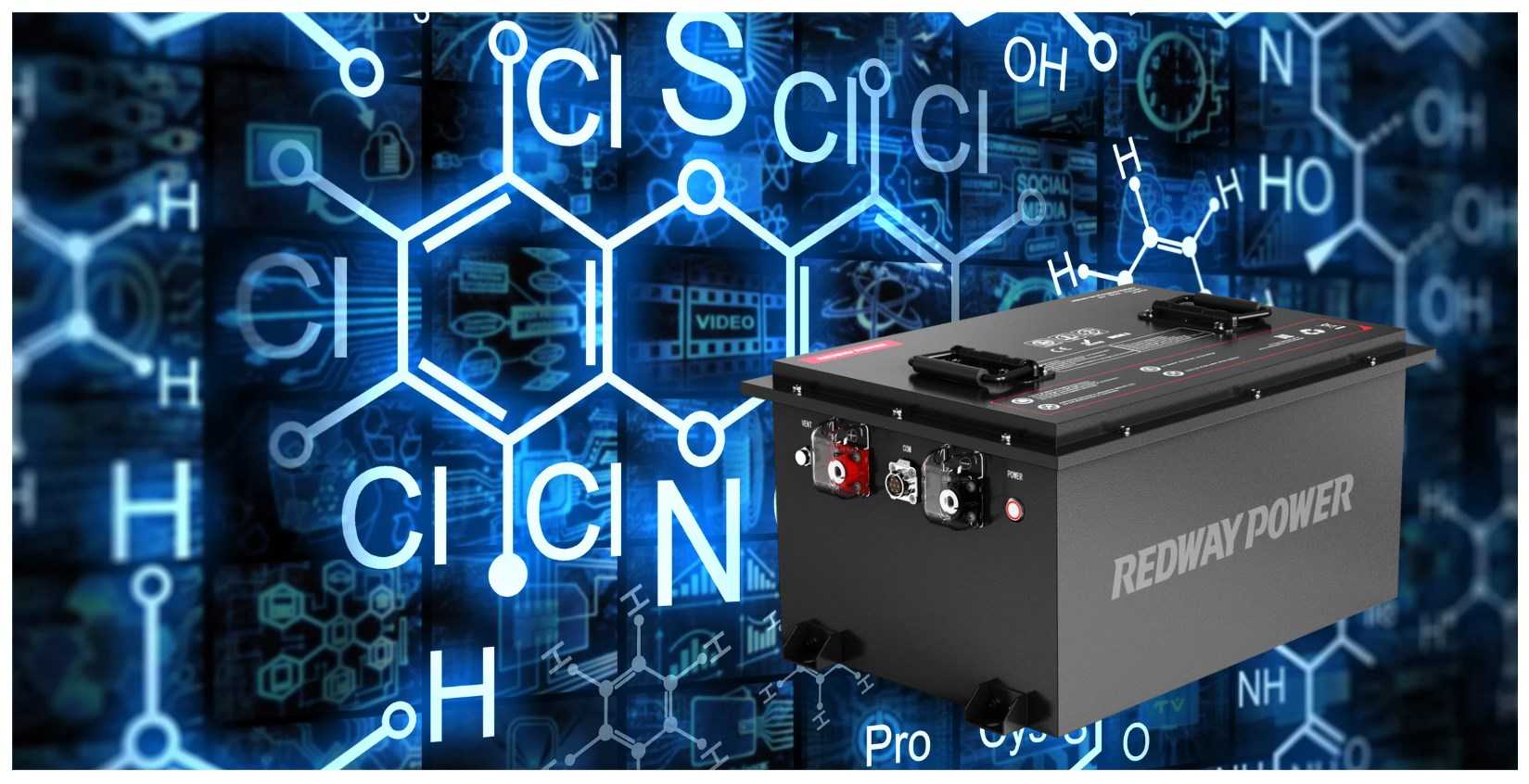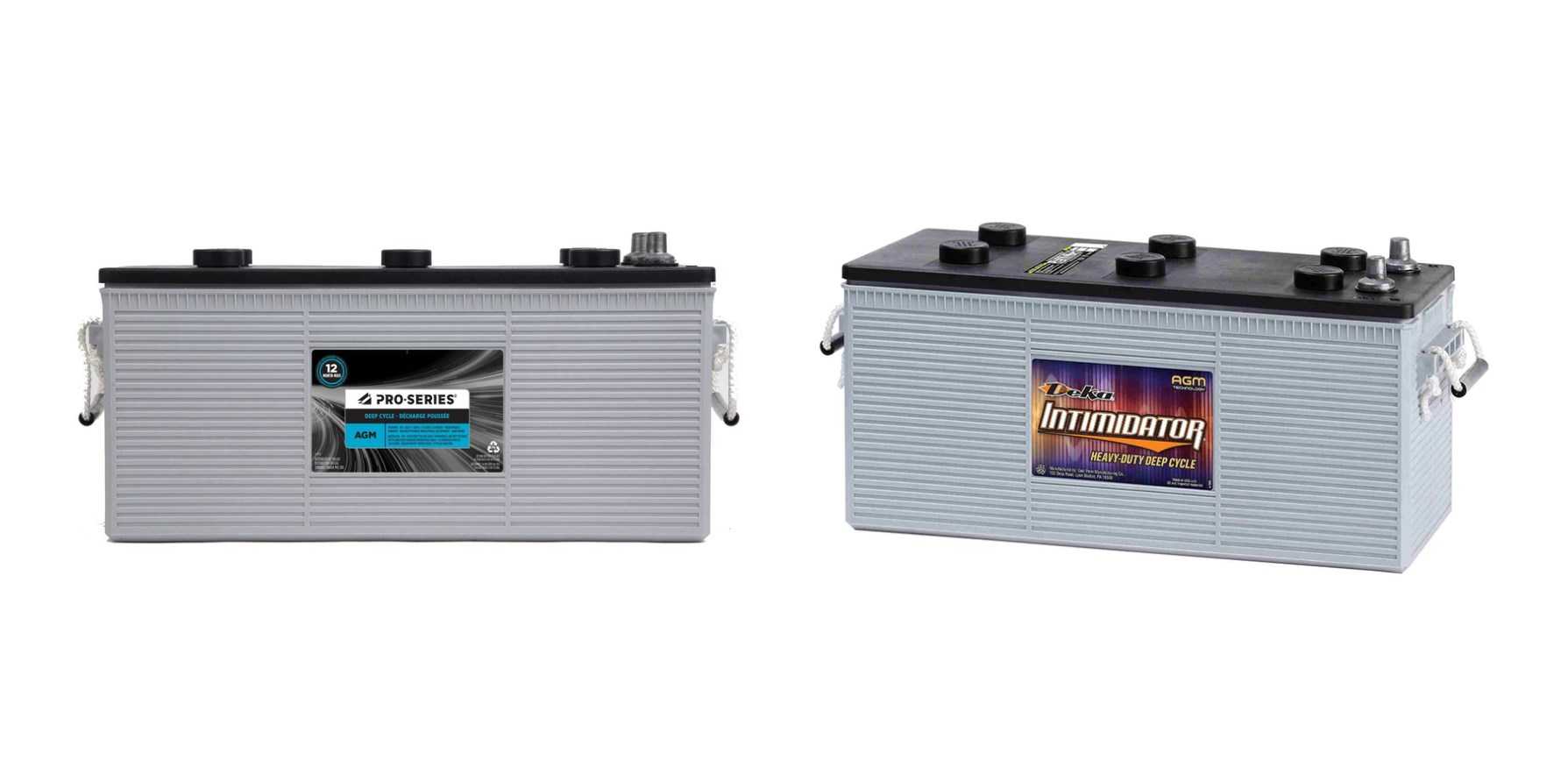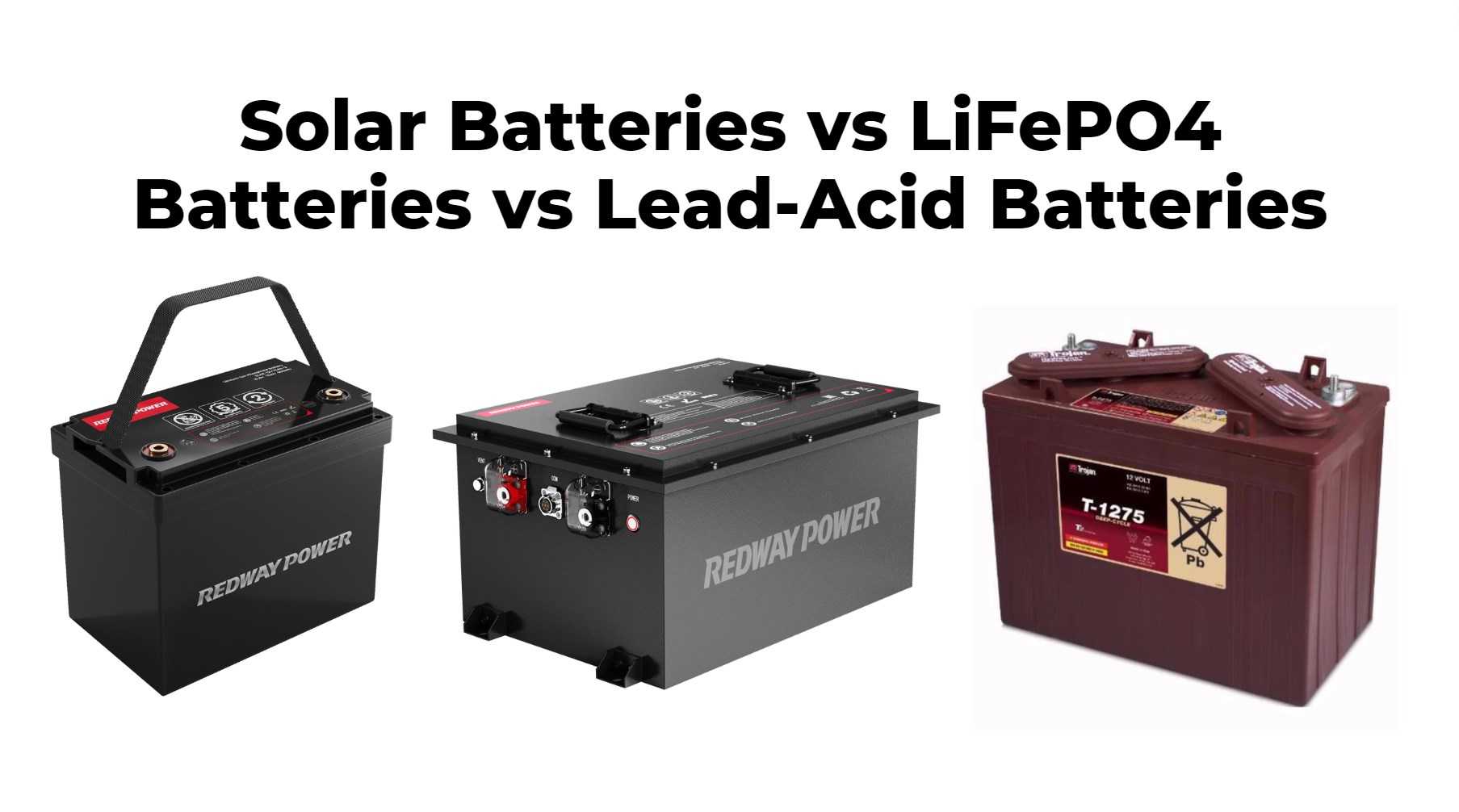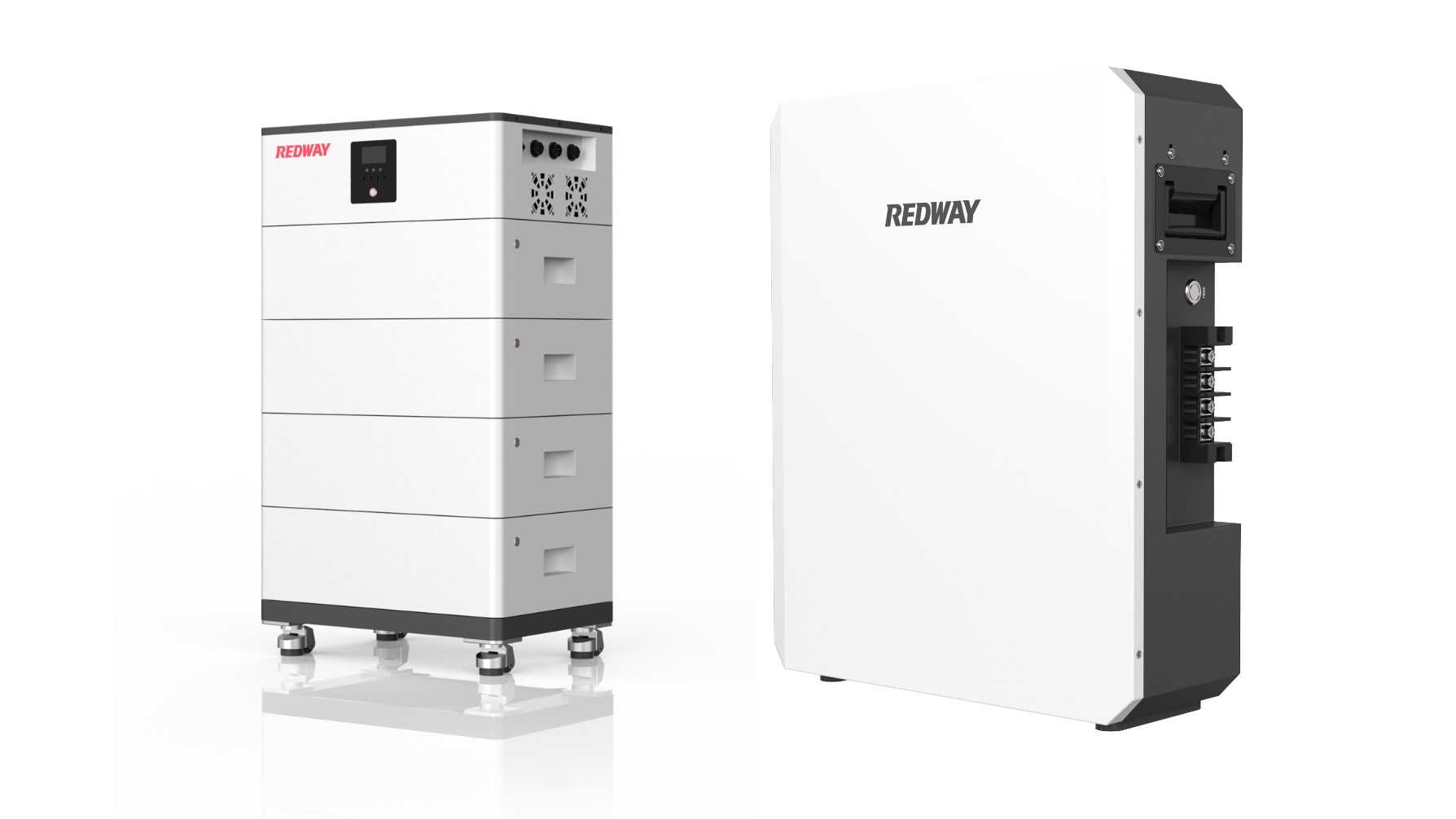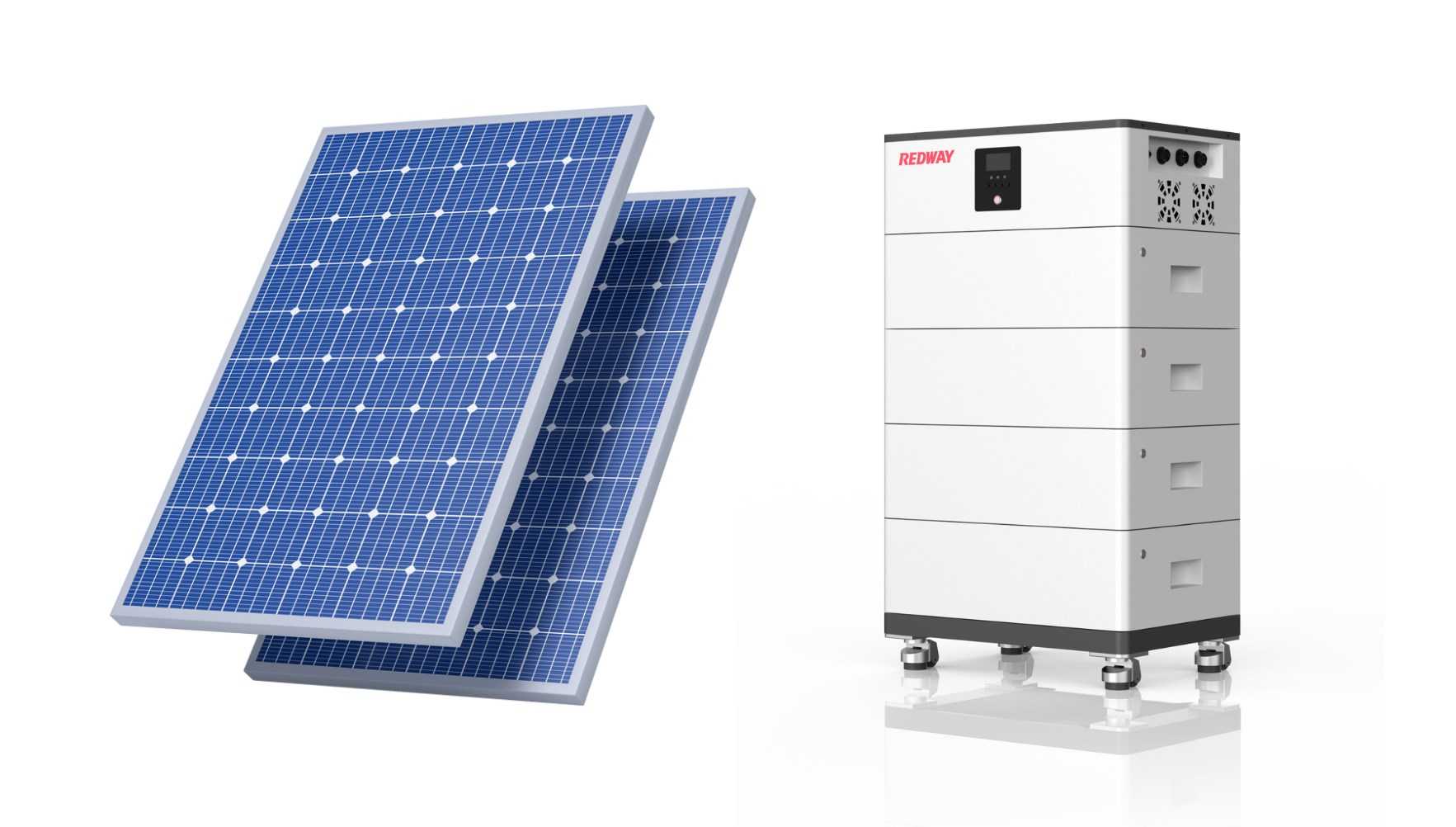Case in UK: Lithium Iron Phosphate Energy Storage Battery
In the UK, Redway’s Lithium Iron Phosphate (LiFePO4) batteries are setting new standards for energy storage with their long lifespan, rapid charging, and eco-friendly design. These batteries offer significant cost and environmental benefits, demonstrating their effectiveness through successful business applications. Ideal for those seeking sustainable and efficient energy solutions, Redway batteries are becoming a preferred choice in the UK market.
Benefits of Using Redway Batteries in the UK
Redway Batteries are transforming the landscape of energy storage in the UK, offering a multitude of benefits for businesses. Here’s why they stand out:
- High-Performance Composition: Redway Batteries, crafted with lithium iron phosphate, guarantee exceptional performance and reliability. Their extended lifespan surpasses traditional lead-acid batteries, providing a cost-effective, long-term energy solution for businesses.
- Fortified Safety Features: With built-in safeguards against overcharging, short-circuiting, and thermal runaway, Redway Batteries prioritize safety. Businesses gain peace of mind, knowing potential hazards are proactively prevented.
- Swift Charging Capability: Redway Batteries excel in fast charging, thanks to advanced technology and efficient power conversion rates. This translates to reduced downtime and heightened productivity for businesses with continuous power needs.
- Lightweight and Flexible Installation: Unlike heavier energy storage systems, Redway Batteries are lightweight. This feature facilitates easy and flexible installation, allowing them to be mounted in various locations without significant structural modifications.
- Eco-Friendly Energy Solutions: Implementing Redway Batteries goes beyond efficient energy storage; it actively contributes to reducing the carbon footprint. By choosing clean energy over conventional sources during peak usage, businesses align with sustainability goals and enjoy lower electricity costs.
In summary, Redway Batteries emerge as the go-to solution for businesses across the UK, offering longevity, safety, fast-charging capabilities, and an eco-friendly approach to energy storage.
Case Study: Implementation of Redway Battery Energy Storage in a UK Business
Explore the transformative journey of XYZ Company, a leading UK manufacturing firm, as they harnessed the power of Redway battery energy storage to overcome challenges and enhance sustainability.
- Seamless Integration: XYZ Company seamlessly integrated Redway lithium iron phosphate batteries into their infrastructure, benefiting from the compact design and straightforward installation process.
- Optimized Electricity Consumption: Redway batteries empowered XYZ to optimize electricity consumption by charging during off-peak hours, strategically reducing costs while meeting production demands efficiently.
- Uninterrupted Operations: During peak demand or power outages, XYZ seamlessly switched to stored battery power, ensuring uninterrupted operations and minimizing downtime crucial for maintaining competitiveness.
- Enhanced Efficiency through Load Shifting: XYZ witnessed impressive overall efficiency improvements by strategically discharging stored energy during high-demand periods. This innovative approach reduced strain on internal systems and external electrical networks.
- Financial and Environmental Benefits: The implementation not only brought financial benefits but also contributed significantly to environmental sustainability. By reducing reliance on conventional power generation methods, XYZ minimized CO2 emissions associated with electricity production.
In conclusion, XYZ Company’s success story with Redway batteries illustrates how innovative energy solutions can revolutionize businesses in the UK market. As more companies prioritize sustainability goals and carbon neutrality initiatives, Redway batteries are poised for exponential growth in the UK market.
Comparison with Other Types of Energy Storage Systems
When it comes to storing energy, the market offers various options, each with its pros and cons. Lithium-ion batteries, widely used for their high energy density, are a common choice. However, Redway’s Lithium Iron Phosphate (LiFePO4) batteries present distinct advantages worth considering.
- Extended Cycle Life: Redway batteries outshine conventional lithium-ion counterparts with a significantly higher cycle life. This translates to more charge and discharge cycles without compromising efficiency—a crucial factor for long-term reliability.
- Enhanced Safety Profile: Unlike other lithium-based technologies, Redway LiFePO4 batteries prioritize safety. With non-toxic materials and exceptional thermal stability, they are less susceptible to thermal runaway or fire hazards, ensuring a secure energy storage solution.
- Rapid Charging Capability: Redway batteries offer swift charging without compromising performance or longevity. This makes them ideal for applications requiring quick charging, ensuring efficiency and productivity.
- Eco-Friendly Design: In contrast to lead-acid batteries containing hazardous materials, Redway LiFePO4 batteries are environmentally friendly. They avoid releasing harmful substances during production or disposal, aligning with sustainability goals.
In a market flooded with energy storage options, Redway’s LiFePO4 battery stands out, offering an eco-friendly, safe, and efficient solution with an extended cycle life.
Future Potential and Growth of Redway Batteries in the UK Market
Explore the promising future of Redway Batteries in the UK market, driven by the increasing demand for sustainable energy solutions and the advanced technology they bring.
- Extended Lifespan for Cost-Effective Solutions: Redway Batteries stand out with an extended cycle life, making them a cost-effective investment for businesses seeking to optimize energy consumption and reduce long-term operational costs.
- Rapid Charging for Continuous Power: A significant growth driver is Redway Batteries’ fast charging capability. Unlike some alternatives that require lengthy charging periods, these batteries can charge at high rates, minimizing downtime and ensuring a continuous power supply.
- Versatile and Easy Installation: The compact design of Redway Batteries allows for easy installation in diverse settings, catering to both residential and industrial applications. This versatility makes them an ideal choice for spaces with limited availability.
- Environmental Advantages for a Greener Future: Choosing Redway Batteries not only provides economic benefits but also positively impacts the environment. Businesses can actively reduce their carbon footprint, contributing to a sustainable and greener future.
In conclusion, as the demand for reliable and sustainable energy storage solutions continues to rise in the UK, Redway Batteries are poised for significant growth. The economic and environmental advantages they offer position them as a preferred choice across various sectors in the foreseeable future.
Environmental Impact and Sustainability of Redway Batteries
Discover the environmentally conscious choice of Redway Batteries for businesses in the UK, offering sustainable energy storage solutions.
- Eco-Friendly Chemistry: Redway Batteries embrace lithium iron phosphate (LiFePO4) chemistry, known for its eco-friendly composition. Unlike batteries with hazardous materials, LiFePO4 poses minimal risks to human health and the environment, aligning with sustainable practices.
- Extended Lifespan and Reduced Waste: With a lifespan exceeding 10 years, Redway Batteries outlast many alternatives. This longevity minimizes the frequency of replacements, reducing waste generation and promoting a sustainable approach to energy storage.
- Closed-Loop Recycling: Redway Batteries support a closed-loop recycling process. After their useful life, these batteries can be recycled, extracting materials for reuse in new battery production or repurposing for other applications. This contributes to resource conservation and a reduced environmental footprint.
- Carbon Emission Reduction: Implementing Redway Batteries signifies a commitment to reducing carbon emissions. These batteries efficiently store excess electricity from renewable sources, promoting grid stability without relying on fossil fuel backups during peak demand or low renewable generation.
In conclusion, Redway Lithium Iron Phosphate Batteries emerge as a standout choice for environmentally conscious businesses in the UK. Offering increased sustainability, cost savings, and reduced environmental impact, Redway Batteries pave the way for innovation in energy storage. Embrace a greener future with Redway today!


